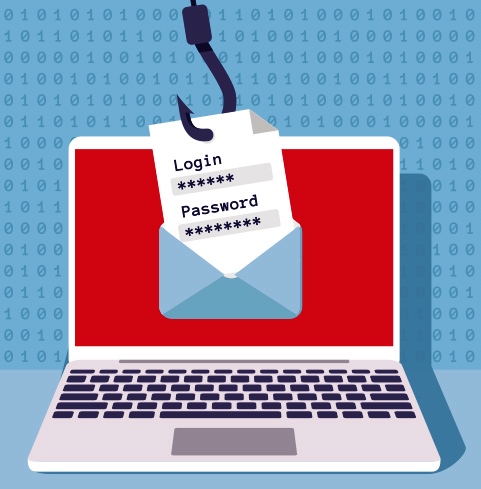48% of those aged 18-35 are unable to distinguish between a scam email and an official correspondence, according to Cyber experts, Geonode’s recent survey of 3000 internet users.
RELATED: Phishing and scams rise above 234% across Africa in Q2 2022
This alarming data, published during the National Cybersecurity Week, highlights the critical role of digital literacy in the rapidly evolving age of internet and cyber threats.
Email Scams: A Growing Issue
Email scams are designed to deceive recipients into sharing sensitive information or falling for fraudulent schemes. These deceptive emails may appear to be from reputable organisations, making it increasingly challenging for typical users to discern a legitimate email from a scam.
This thriving cybercrimes landscape is a substantial concern, considering the surveyed Britons’ inability to correctly identify scam emails. Cybersecurity is not just about protecting our technical infrastructure but also about ensuring internet users know how to safeguard their data.
Advice from the Experts: Geonode
To combat email scams effectively, it is essential to educate internet users about the tell-tale signs. Graham Neilson, chief strategist at Geonode, offered the following insights:
“Scam emails often have characteristics that should alert recipients to their fraudulent nature. These may include:
-
Urgent deadlines or threats
-
Requests for personal or financial information
-
Grammatical errors or inconsistencies
-
Branding or URL inconsistencies
Awareness of these indicators can mark the difference between falling victim to an email scam and promptly identifying and reporting it.”
Cybersecurity: A Shared Responsibility
Attackers capitalise on unawareness and lack of digital literacy among internet users. Hence, the role of education becomes paramount. Knowing the common signs of scam emails is one part of a successful cybersecurity strategy:
-
Do not click on any links or download any attachments from unknown sources.
-
Double-check the sender’s email address. Scammers can use similar email IDs to trick users.
-
Do not reply to any suspicious emails. Instead, report it to your IT department or contact the company directly if you are uncertain.
Going Forward: A Proactive Stance
In the digital age, everyone is a potential target for cybercriminals. The survey results underscore the need for a more proactive and comprehensive approach to cybersecurity.
Neilson encapsulates it aptly, “At Geonode, we stress the importance of equipping people with the knowledge to identify threats. Email security is a shared responsibility, and education is a significant component of this mission. We strive to foster a safer online environment for all.”
The rise of email scams is a stark reminder that robust defences alone are not enough. A well-informed user base can prove to be a formidable barrier against cyber threats, making cybersecurity a shared endeavour.






























